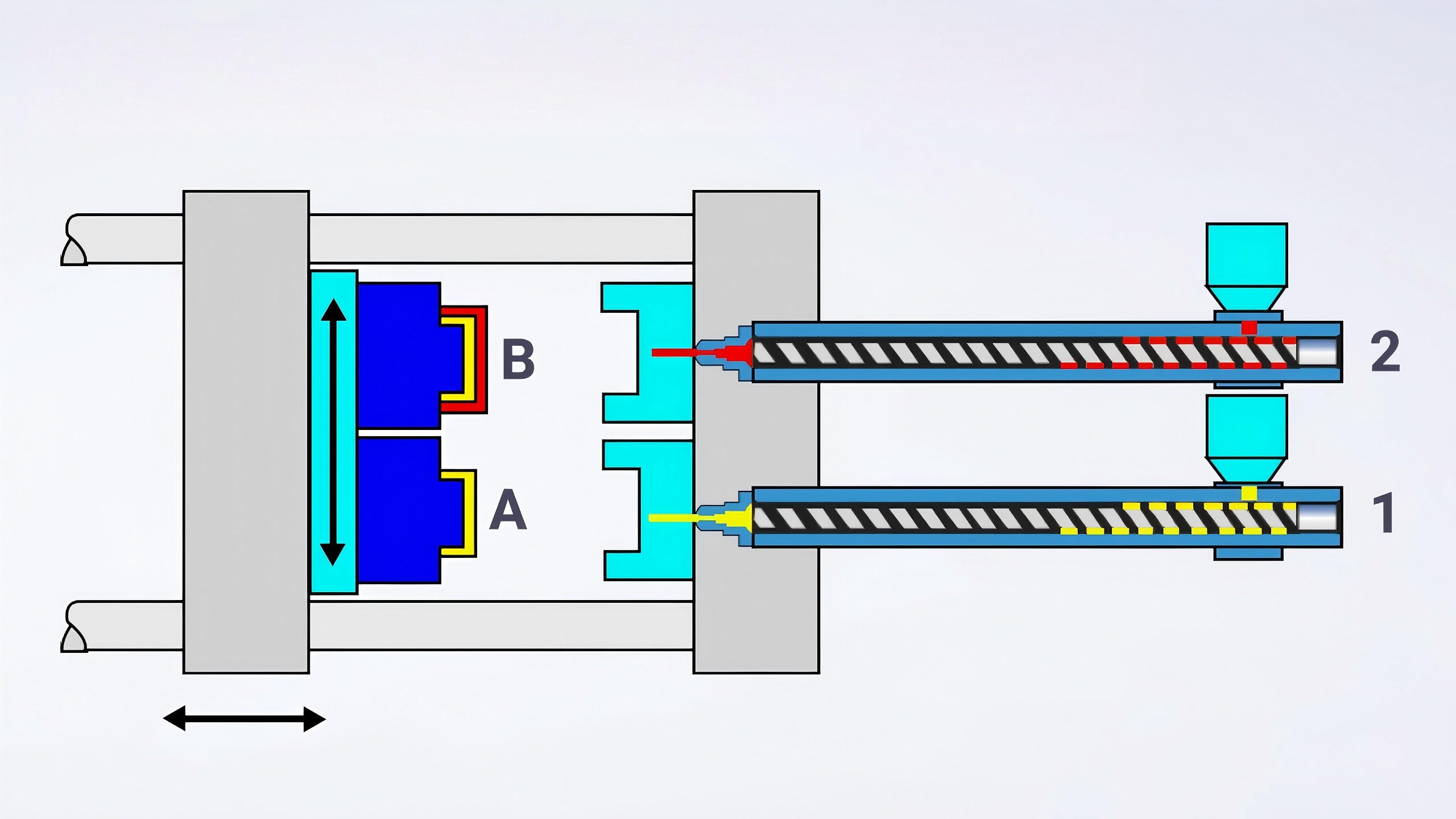
Analysis of Multi-Material and Two-Color Injection Molding Technology
Explore the benefits, applications, and techniques of multi-material and two-color injection molding, and learn how HordRT can support your manufacturing needs.
Blogs

Explore the benefits, applications, and techniques of multi-material and two-color injection molding, and learn how HordRT can support your manufacturing needs.
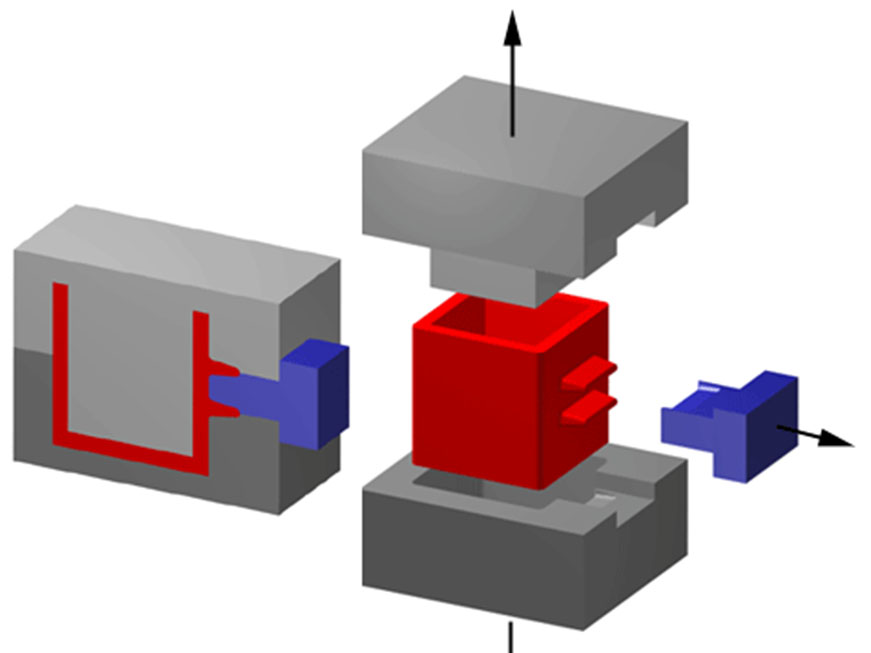
Design better injection-molded parts with side actions. Learn types, applications, design rules, and cost considerations to optimize complex plastic components.
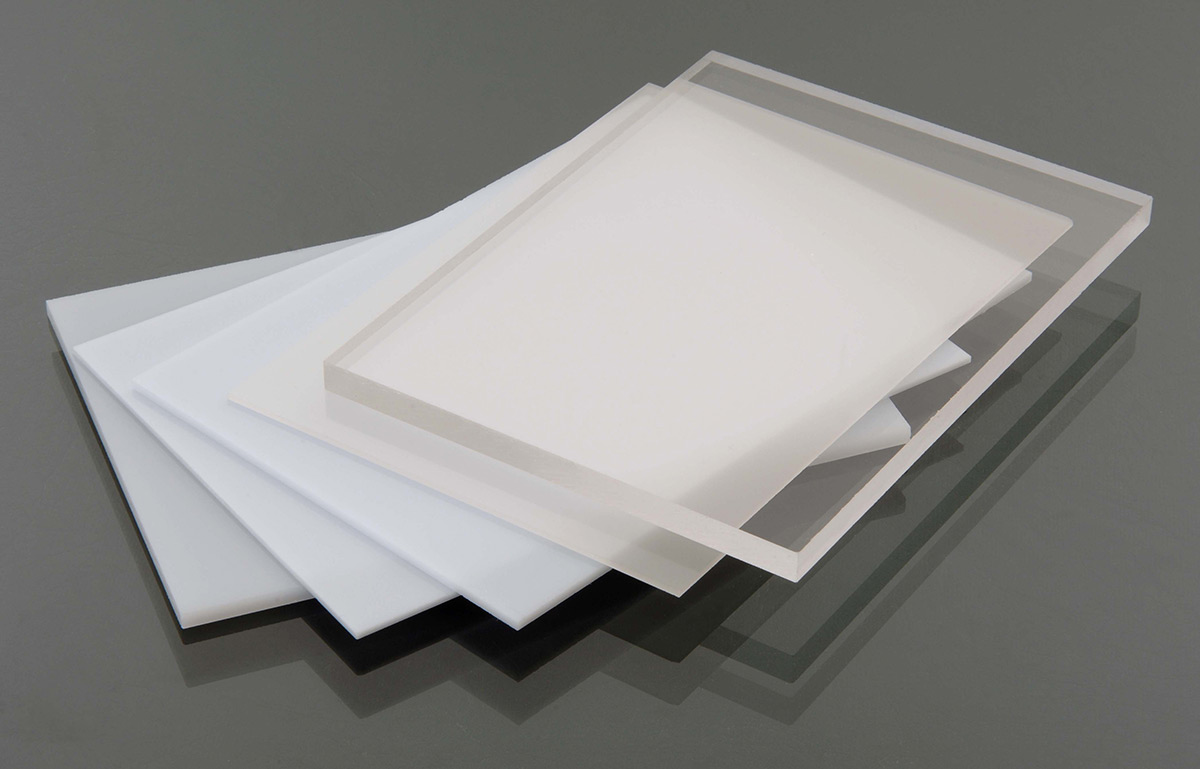
Comprehensive guide to polycarbonate injection molding: key processes, parameters, benefits, defects, and major industrial applications.
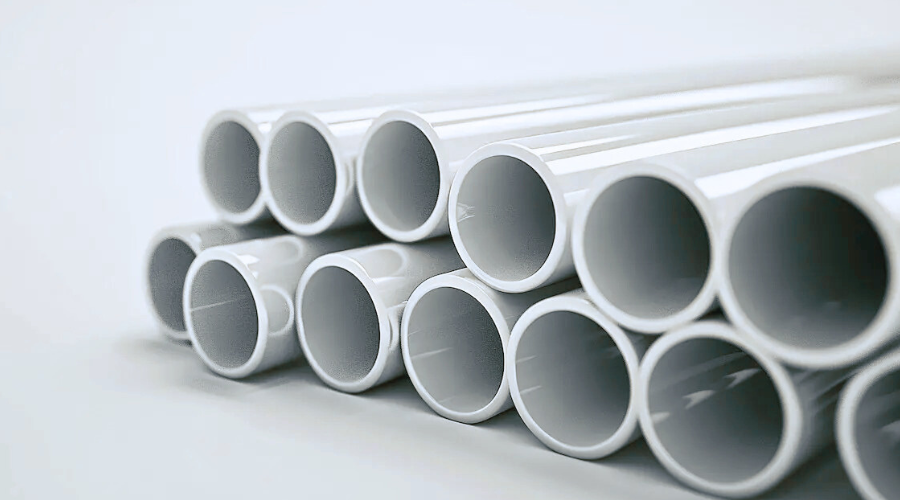
Learn how PVC injection molding works, its benefits, and key applications across industries like construction, automotive, and medical manufacturing.
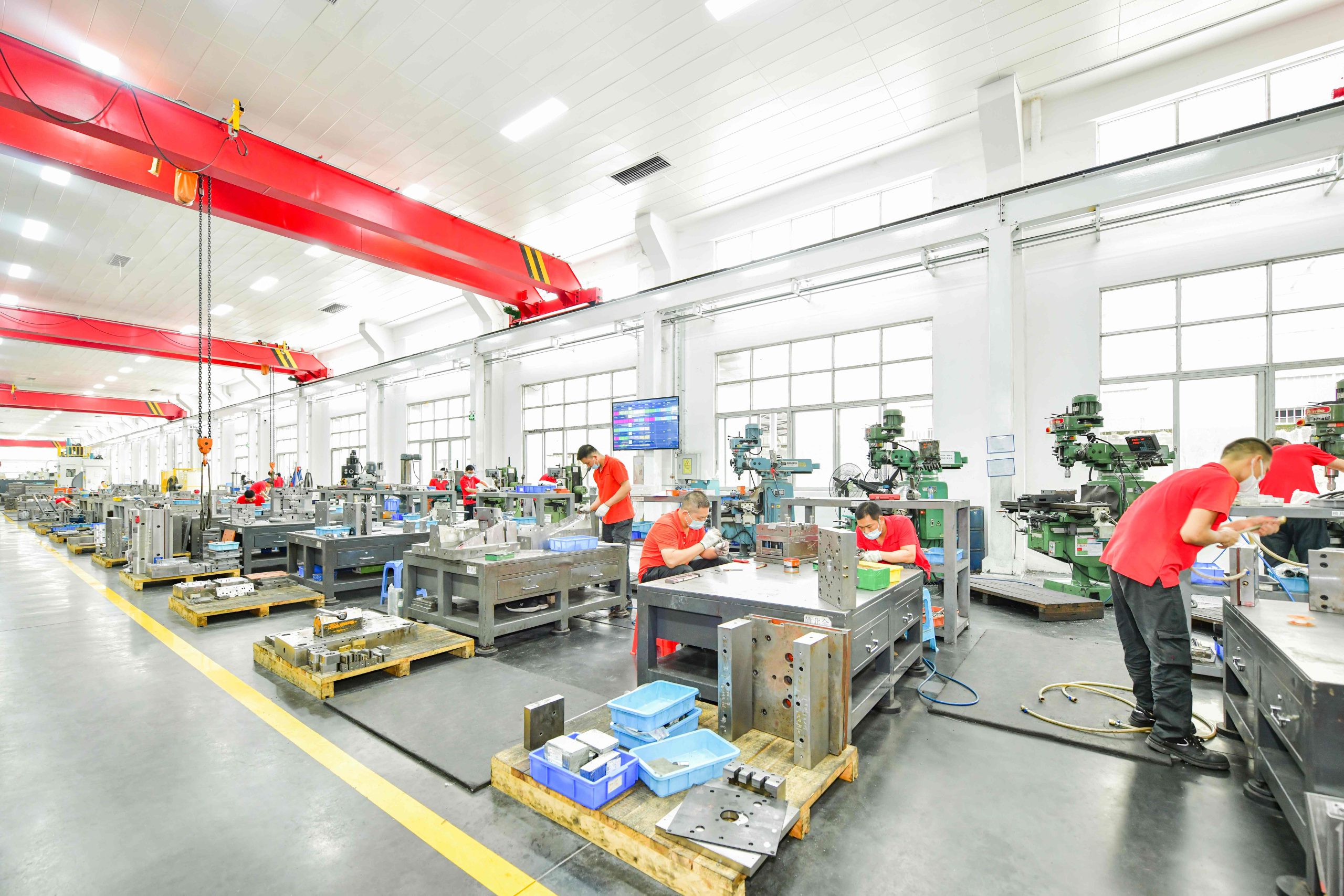
Expert injection mold repair guide: common issues, repair techniques, cost optimization & preventive maintenance.
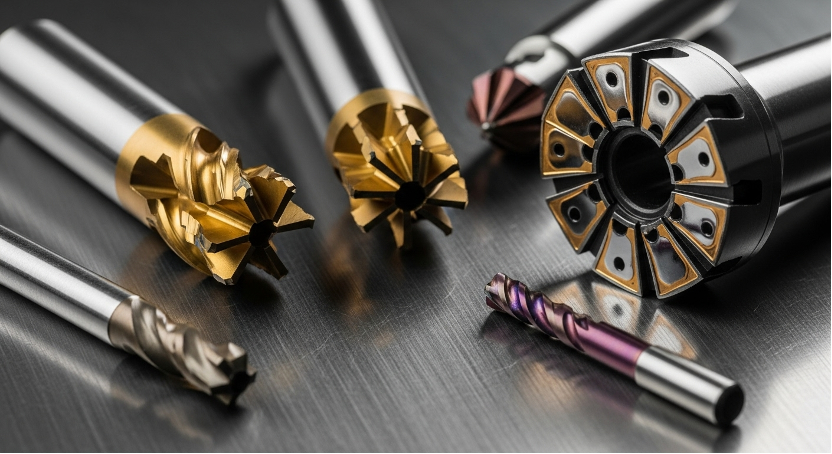
Discover the different types of CNC tools and how professional machinists select the right one for every job. Learn about HSS, carbide, and ceramic tool materials, as well as milling and turning tools, coatings, and HordRT’s systematic tool selection method.

Injection molding sliders are vital components that significantly enhance the capabilities of the injection molding process. By understanding their function, design considerations, types, and applications, manufacturers can effectively utilize sliders to produce high-quality, complex parts with efficiency and precision.
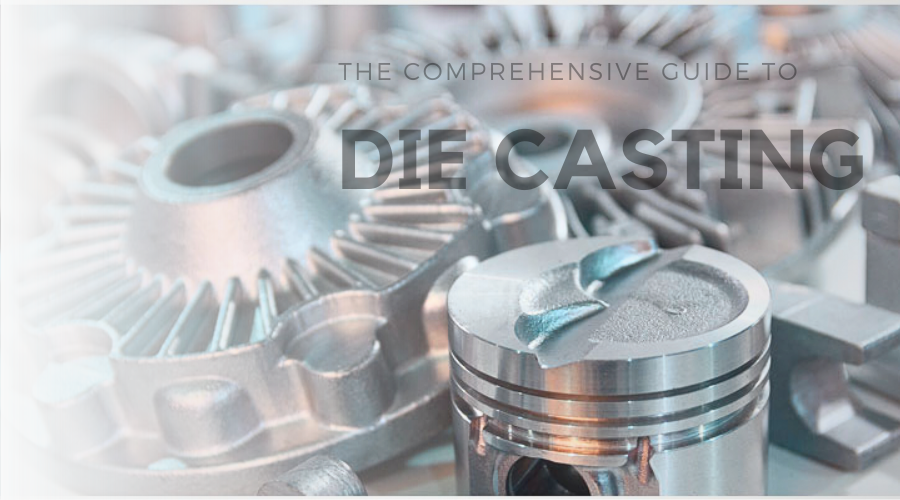
Die casting is a versatile and widely used manufacturing process that involves injecting molten metal into a mold cavity under high pressure. This is essential in producing complex and precise metal parts, which are crucial in various industries.
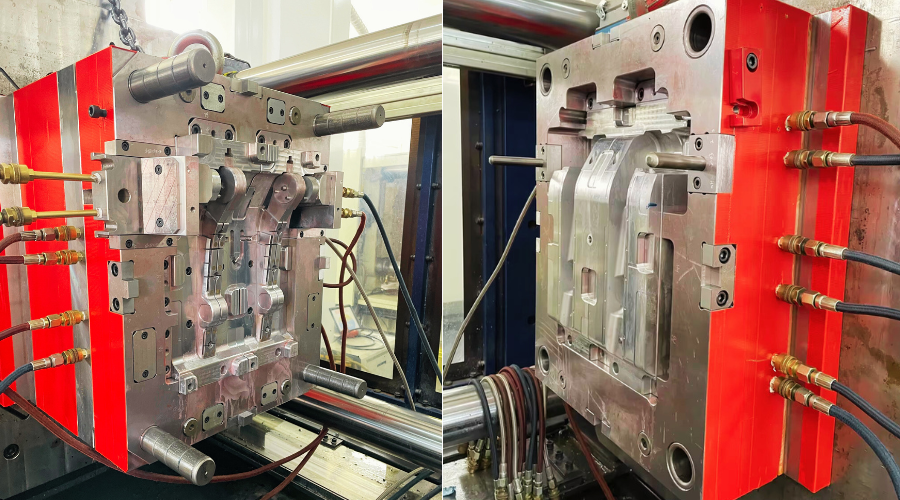
Injection molding is a cornerstone of modern manufacturing, and central to this process is the tooling, specifically the molds and their components. This article explores the various types of injection molding molds and the essential components that make up these critical tools.

In the world of manufacturing and design, rapid prototyping and 3D printing are essential tools. They help engineers, designers, and innovators bring their ideas to life quickly and efficiently. But what exactly are these technologies, and how do they differ? Understanding the differences between rapid prototyping and 3D printing is crucial for anyone involved in product development or manufacturing.
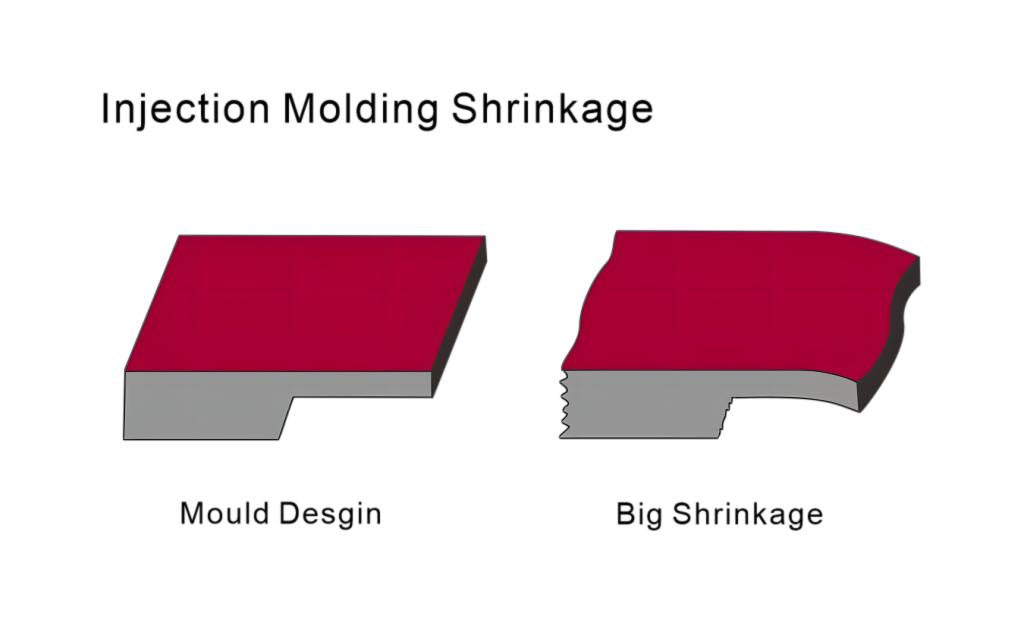
Understanding and controlling shrinkage is vital for ensuring the final product's dimensional accuracy and overall quality. This article delves into the causes, effects, and mitigation strategies for shrinkage in injection molding.
Let us help you provide high quality parts in short time. Get your project started now!
Phone: +86 760 8612 9998
Tue–Sat, 8:30 AM–5:30 PM, CST
Mobile Phone:+86 198 0680 9560
Jessica; 8:30 AM–11:00 PM, CST
NO.222, YIXIAN ROAD, THE SIXTH INDUSTRIAL ZONE, NANLANG STREET, ZHONGSHAN CITY